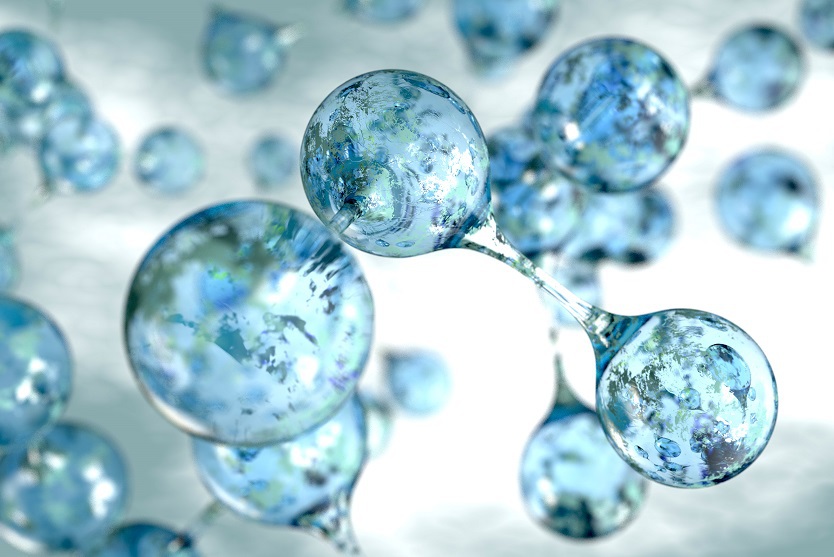
The Fraunhofer IFAM has developed a stable solution for storing and refuelling H2 in the form of a powder based on magnesium hydride.
© iStock/smirkdingo
Hydrogen drive vehicles have just become more accessible thanks to an innovative fuel developed at the Fraunhofer Institute for Manufacturing Technology and Advanced Materials (IFAM). While there are a hundred or so hydrogen-powered vehicles on Germany’s roads today, refuelling them is a complicated business: the volatile gas must be filled at a pressure of 700 bar and stored in reinforced tanks.
To meet this challenge, the Dresden scientists have developed a stable solution for storing and refuelling H2 in the form of a powder based on magnesium hydride. “POWERPASTE stores hydrogen in a chemical form at room temperature and atmospheric pressure to be then released on demand,” explains Dr Marcus Vogt, research associate at Fraunhofer IFAM in a press release.
To refuel with POWERPASTE, the driver simply has to replace an empty cartridge with a new one and then fill the mains tank with water. When water is added, a reaction ensues which generates enough H2 power the fuel cell. Half of the H2 comes from the paste, and half from the H2O. Furthermore, the fluid-form powder can be cost-effectively supplied to filling stations via a standard pipeline. For comparison, one high pressure fuel pump costs between one to two million euros.
POWERPASTE is made by combining H2 with magnesium powder to form magnesium hydride in a process conducted at 350 degrees centigrade and five to six times atmospheric pressure. The powder therefore has huge energy storage density, far higher than that of a 700 bar high-pressure tank and ten times the energy storage density of a battery. This makes POWERPASTE an interesting solution a range of applications such as delivery vehicles, e-cars (for extending their range) and large drones that require longer flight times.
Fraunhofer IFAM is currently building a production plant at the Fraunhofer Project Centre for Energy Storage and Systems that will be able to produce up to four tonnes of POWERPASTE a year.


